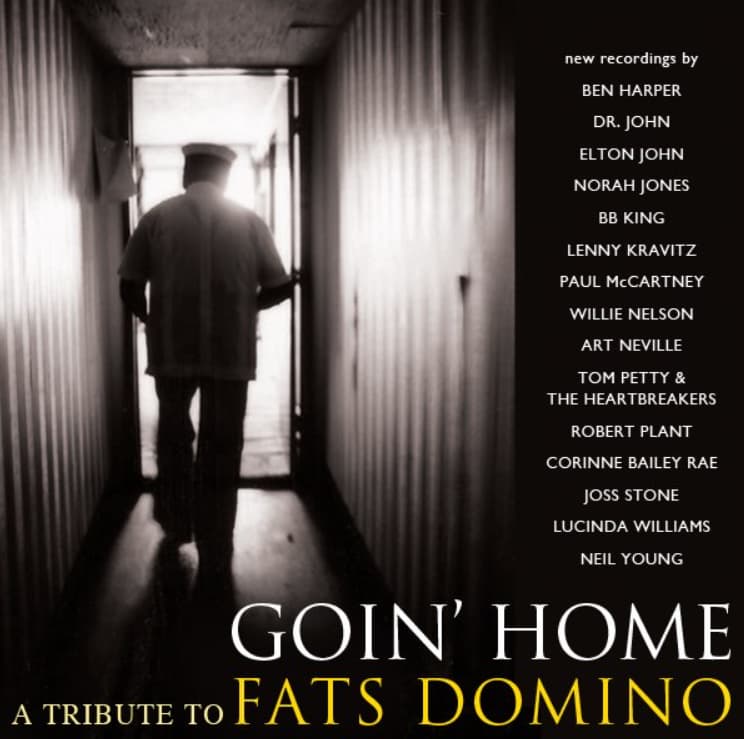
The Sound of Return: Fats Domino’s “Goin’ Home” and the Birth of Rock ’n’ Roll’s Heart
In the spring of 1952, a young man from New Orleans quietly made history. Fats Domino, then only in his early twenties, recorded a song that would travel far beyond the humid streets of his hometown. Released by Imperial Records, “Goin’ Home” climbed to the top of the Billboard Best Selling Rhythm & Blues Records chart, marking Domino’s first No. 1 hit. Co-written with producer Alvin Young, the record was more than a commercial triumph — it was a turning point, the sound of rhythm and blues ripening into something new, something that would soon be called rock ’n’ roll.
What makes “Goin’ Home” so compelling is not its complexity, but its sincerity. The song opens with Domino’s signature rolling piano — steady, buoyant, and deceptively simple — setting the stage for a melody that sways between melancholy and hope. Beneath its surface lies the heartbeat of New Orleans: the shuffle of second-line rhythms, the hum of street-corner horns, and the easy warmth of a man who could turn longing into comfort. The lyric’s refrain — “I’m going home, I’m going home” — carries an ache that feels both personal and universal. In 1952, it was a line sung by a man whose music spoke to a generation seeking roots amid change, joy amid hardship.
There is an almost spiritual dimension to the song’s sentiment. To “go home” is to return — not just to a physical place, but to one’s own truth. Domino’s delivery is tender but grounded, his voice smooth as river water, touched with the unpretentious charm that would become his lifelong trademark. Where other singers might have turned the line into lament, Fats makes it a benediction. His “home” feels like a place of belonging, of peace after the noise — and in that sense, the song foreshadows the emotional honesty that would come to define the rock and soul eras that followed.
“Goin’ Home” also revealed Domino’s quiet power as a cultural bridge. In an age when radio playlists were divided by race and genre, his records drew in both Black and white audiences with ease. The piano, that democratic instrument, became his voice of unity — playful, rhythmic, and open-hearted. Long before the crossover successes of the late 1950s, this 1952 single was already breaking barriers simply by being irresistible.
Looking back, “Goin’ Home” stands as one of those rare records that sound like a beginning and an ending all at once. It marked the close of Domino’s early rhythm-and-blues apprenticeship and the dawn of a career that would help define American popular music. In its modest length and easy rhythm lies a timeless message — that sometimes, the most powerful journey is the one that leads us home.